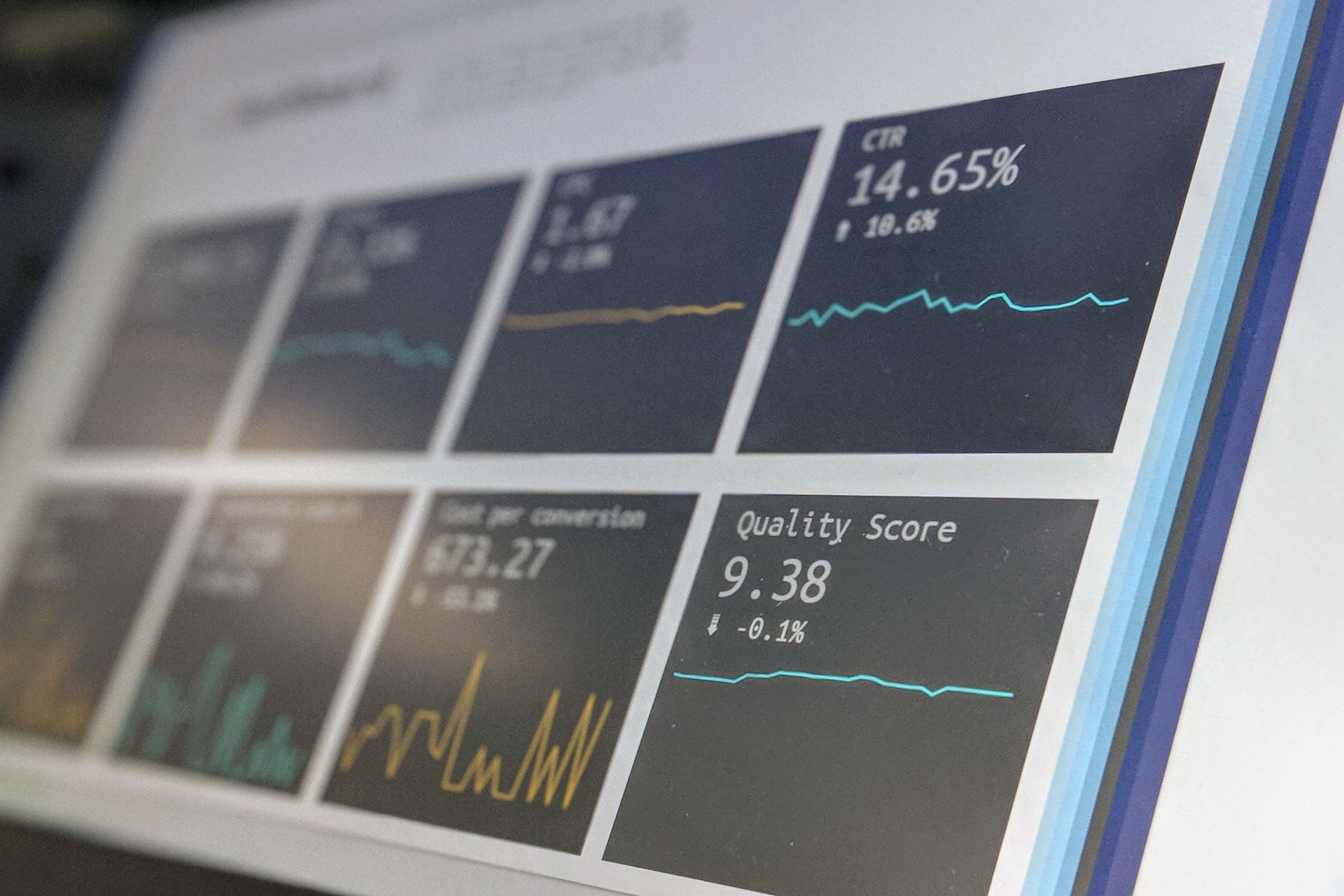
Data Mining Techniques: Top 8 for Efficiency and Visibility
November 21, 2023 - Ellie Gabel
Revolutionized is reader-supported. When you buy through links on our site, we may earn an affiliate commision. Learn more here.
Data mining is ubiquitous nowadays, as every store and employer asks for copious amounts of your data. A handwritten survey differs from the more discreet methods employed by websites and social media platforms. These data mining techniques, for better or for worse, are shaping the future in curated advertisements, quality of life efficiency and even increased consumerism. In no particular order, these are eight data mining techniques you need to familiarize yourself with to get the best results.
Regression
Regression is one of the most common data mining techniques, common in modeling and predictive analysis. In short, it tries to find connections between data points in a set. Historical data has a lot to teach data scientists about what the future of that data might look like. It is called regression because it is about looking back to identify correlations.
For example, a business might look at holiday sales and revenue against social media coverage. Are the two related, and should the company invest in more social media press in the coming year to amplify those numbers? Or was it a waste of time to post so much on Instagram?
Classification Analysis
Remember looking through metadata in iTunes to organize your MP3 player? You categorized everything by genre, and even more information could tell you the audio quality of each track.
This type of thinking and information helps classification analysis shine. It requires data professionals to categorize, curate and notice similarities and differences between categories. They must ask if the traits assigned to the data are relevant, and if so, how that matters in the scale of the set.
It allows companies to immediately pull relevant information from a particular category, such as personally sensitive information that needs additional protection due to compliance regulations. Or, if a company is undergoing data minimization from their loyalty program, they could seek all information of a specific type to delete.
Patterns
Several data mining techniques rely on patterning. First is sequential patterns. It looks for data in a specific order. This is helpful when looking at inventory and when specific products flew off the shelves or remained stagnant. It also helps predict potential trends, like in the fashion industry. There was a sequential pattern in the last five years regarding a specific style — how could that inform design decisions for the upcoming year?
Next is tracking patterns. It is broader, as it only attempts to find patterns of any variety. Then, people observing the data can utilize what patterns they need for their purposes. It is helpful to go in with a goal, such as creating a content marketing strategy based on target audience engagement and demographics. You are more likely to notice trends having performed marketing segmentation. Then, the data is more valuable and actionable.
Association Rule Discovery
Association rule discovery is a data mining technique that learns trends based on related events or data. It reinforces that specific data arises because other data is a catalyst. Everyone has seen this on Amazon. When they go to an item page, near the top is a section to recommend items to purchase alongside it because others created that trend.
Association data mining is powerful because it provides more nuanced insights, such as psychographic and behavioral analytics, that help contextualize the associations.
Clustering
Most data mining techniques rely on tags and other cues to tie them together, but clustering is more visual. Clustering creates images to describe data sets, such as color-coded graphs. It is a great idea to use clustering to understand how far your data stretches in the distribution, especially when looking at long periods. This data mining technique can bolster other methods, such as looking for outliers.
Anomaly Detection
Also known as outlier detection, anomaly identification is required for maintaining oversight over a data set. Wildly differing variables are sometimes helpful if taken out of context, but they have the potential to muddy the clarity of other determinations.
For example, one negative review among many might distort the understanding of customer perception and loyalty. If transactions soar for one hour on a specific day of the week every week, then you can question if it is because of repeat customers or environmental catalysts.
Decision Trees
Decision trees are a data mining technique that works well alongside other models, like classification. It is one of the most simple data mining techniques because it follows a predetermined path. When scientists data mine with decision trees, the outputs are entirely based on inputs, making it easy to follow lines of logic.
Some decision trees include chance nodes, representing potential unknowns in a scenario. Sometimes, there is insufficient data or too many conflicting data points, and data mining must take these circumstances into consideration.
For example, a health care app might send notifications based on a decision tree. It takes the user inputs, such as height, age and medical history and outputs specific recommendations for preventive care.
Data Cleaning or Scrubbing
This is a data mining technique that goes beyond traditional gathering and researching of data and curates it for even more accurate visibility. Sometimes, data scientists cannot process raw data as it comes into the data set. This is when experts dedicate time to “cleaning,” which involves moving, converting, categorizing and collating data. The oversight is necessary to make sense of additional data mining techniques and to validate their quality.
Data Mining Techniques for Process Improvements and Insight
This is not an exhaustive list of data mining techniques, but they are some of the most prevalent and helpful. As time goes on and data science advances and incorporates new technologies, new data mining strategies will arise that will enhance existing methods or make them obsolete.
There will inevitably be more innovative and effective methods for parsing data and making them more transparent and easy to understand.
However, that requires patience and curiosity about the data science industry, which is essential for garnering a better understanding of all industries — so long as it is used with compliance and ethics in mind.
Revolutionized is reader-supported. When you buy through links on our site, we may earn an affiliate commision. Learn more here.
Author
Ellie Gabel
Ellie Gabel is a science writer specializing in astronomy and environmental science and is the Associate Editor of Revolutionized. Ellie's love of science stems from reading Richard Dawkins books and her favorite science magazines as a child, where she fell in love with the experiments included in each edition.




